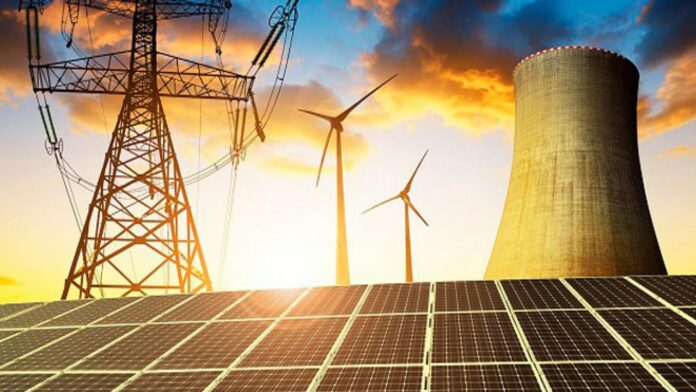COP26 summit, net-zero target 2070 and major private energy companies declaring massive investments over renewable energy projects, 2022 is a historical year for Indian green energy.
Reliance Industries Ltd, Adani Group, NTPC Ltd are some of the major energy companies in India that have declared massive investments in renewable energy.
Another major player Tata has collaborated with BlackRock to increase investments in renewable energy.
For a low-carbon future transition, these companies have invested in solar energy.
According to the CEEW, in 2021, renewable energy companies in India have raised a record $5.9 billion. That is done by raising green bonds from overseas debt markets. But India is still far away from achieving green transition.
From 2016 onwards, the average rate of renewable energy deployment has been around 10 GW per annum. If the government is looking forward to set up 500 GW of clean energy capacity by 2030, renewable energy deployment should quadruple.
For the last decade, India has been at the forefront of adopting innovative approaches and offering solutions to boost the prospects of the renewable energy sector. Among the measures taken by India, three decisions are fundamental in this sector.
They are the tariff bundling to make solar an acceptable option for electricity distribution companies, then there is the promotion of solar parks and there is the instituting of payment security mechanisms to de-risk investments in these projects.
Recently the government launched new electricity trading platforms such as the Indian Energy Exchange and Real Time Market to aid grid management. Other than this the government should prioritize three matters for the transition.
First, develop a diverse technology mix. The utility-scale solar PV has emerged as the most preferred technology choice because of its cost-effectiveness and economic scale. But India can promote other diverse energy sources.
Rooftop and floating solar, decentralized onshore and offshore wind, to small hydro and biomass power, technologies could be implemented based on the nature of a state.
It not only brings flexibility and resilience to the sector; it will also help the communities.
Second, promote the demand creation for renewables. Electricity distribution companies are finding it hard to increase the share of renewables because of fund shortages. Adverse policy measures in some states are also the factor hindering the transition.
Freeing these companies from coal-based energy plants would make them look for renewable energy sources. Partially indexed tariffs will also help in the adoption.
The third and the most important aspect is the transformation of institutions. To meet the energy target of 2030 there is the need for fast-track project development, strengthen procurement processes, and improve implementation efficiency.
For that it needs a mechanism for a quicker resolution of related matters. For that a dedicated entity is needed to coordinate and develop the projects. This would boost trust among existing and potential investors.
Follow and connect with us on Facebook, LinkedIn & Twitter

